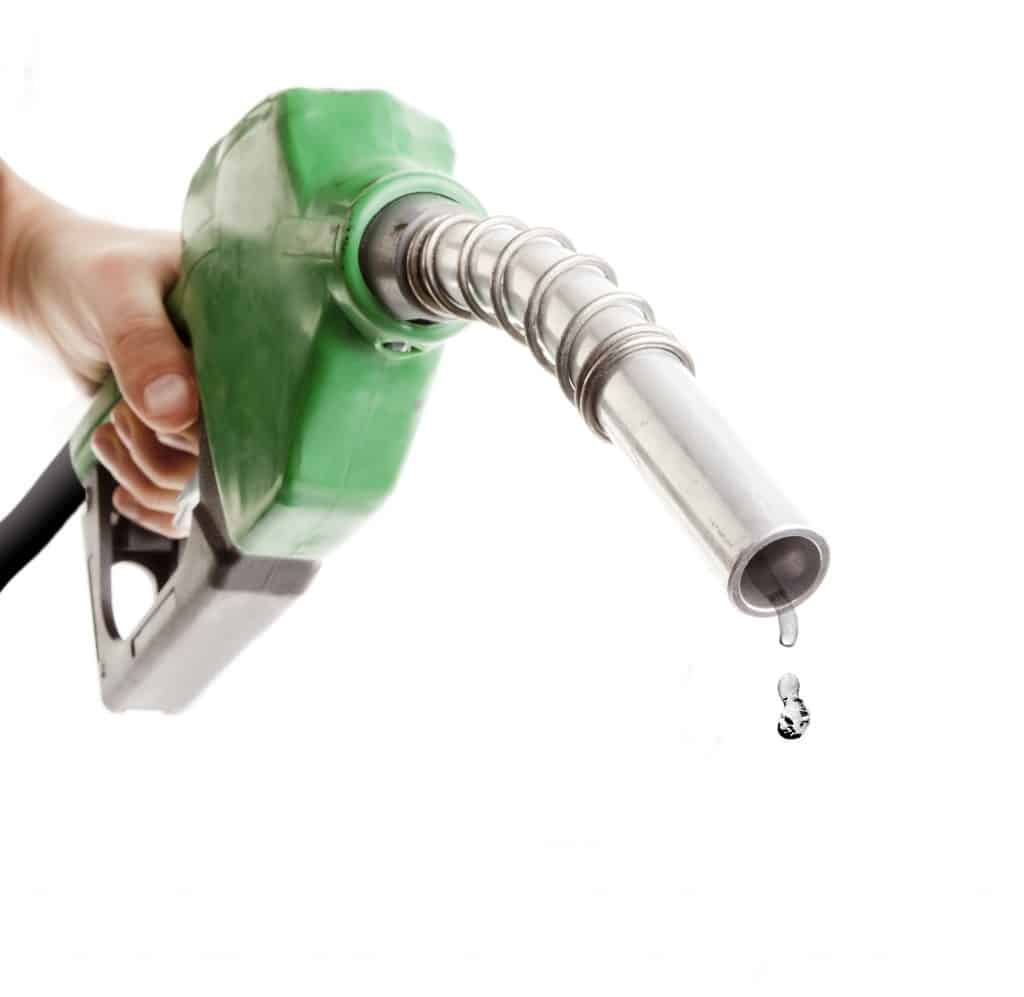
Many of us are feeling the pinch. The rising costs of fuel and the stagnant nature of UK wages means that most car owners are looking to make those savings where-ever possible. Whilst you cannot control the price of petrol, you can control how much you use and work towards a reduction strategy in four key areas.
In this article, we explore some of the quickest, simplest and easiest steps you can take towards becoming a less fuel dependent motorist, and see some real savings in your pocket.
Table of contents:
A Good Working Order
Want to keep your fuel costs down with a few mechanical tweaks? You can maximise your vehicle’s fuel efficiency and keep the miles to the gallon and the top whack with these suggestions:
Keep tyres properly inflated – poorly pressurised tyres take more energy to get moving and with more of the rubber hitting the road, the friction means your car suffers from increased drag. Both spell up to 3% more fuel burned and your tyres will wear out sooner.
Service your car – A freshly tuned engine with new oil and air filters will simply run more efficiently than one that has been allowed to collect dust and debris, limiting its operation.
Engine oil – make sure you have the right specification of oil in the car. Check the handbook for more details. Much like a servicing this will maximise your engine’s efficiency and reduce fuel consumption.
Fuel choice – believe it or not, there is some difference between the quality of petrol and diesel available. You might have to pay a little more for higher quality fuel, but ultimately this will improve your miles per gallon.
New car? – is your old vehicle suffering from stutters and pulls on the road? If this is the case then it may well be preferable to ditch the old banger and get something straight off the forecourt of the new car dealers for maximum efficiency.
Customise your car – from removing cosmetic spoilers through to adding new alternators and
grill blocks, there is actually a whole swathe of information out there detailing how you can cut down the fuel consumption by making mechanical changes to the engine and bodywork of your car.
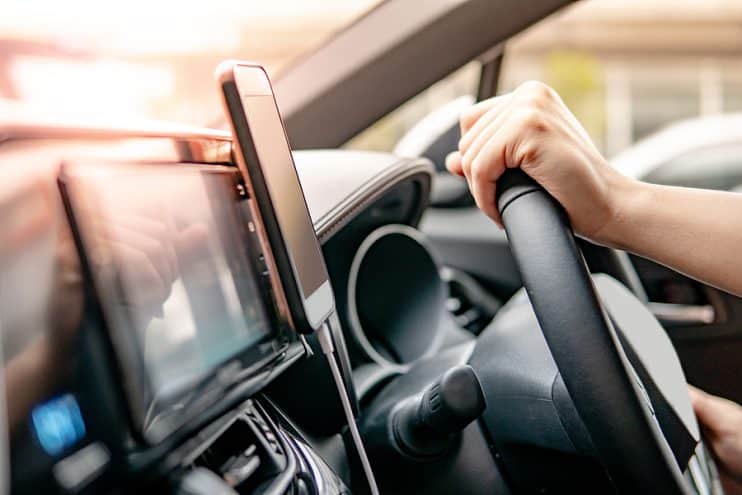
Proper Planning Prevents…
With the right amount of forethought, you can minimise the fuel needed to take on any journey. It’s not always a simple as you think to get from A to B, especially if you’re taking on a new route. What’s the best way to keep your miles per gallon as low as possible?
Plan your journey – even if you have a SatNav it’s still possible to lose your way or worse still, get severely delayed and pushed off course with roadworks and diversions. Make sure you do all the necessary checks to find out what the current state of the roads are for your trip so you don’t travel further than necessary.
Rush hour – we all know that the busiest times on the road spell delays. When you are waiting in long queues at lights or at junctions, you’re burning fuel all the time. If you work locally, consider buying a bike or even walking for these high fuel consumption periods of the day.
Take less trips – find yourself continually dropping out for a pint of milk and then to walk the dog before jumping down to the supermarket to grab some bits? Combine all your trips into one and not only cut down your fuel costs but also increase your leisure time.
Remove the roof rack or box – air friction is a real drag. And that drag will increase your fuel costs, so let your car’s aerodynamic profile do the work it’s meant to do by taking off the roof rack or box when it’s not needed.
Avoid carrying unnecessary weight – remove all that junk from the trunk and consider only filling up half a tank of petrol. You don’t have to be Isaac Newton to realise that heavier the car the greater the energy requirement to get it moving, and that energy is fuel.
Other modes – for those short trips, why not forget the car completely. As we already mentioned both walking and the bike are great alternatives that cost nothing once you have good shoes or a strong cycle. Zero fuel costs and maximum health benefits.
Track your mileage – did you know that you can buy fuel economy computers that track your miles per gallon more accurately than simply calculating from tank to tank. Use the data to better inform your on the road activities and driving behaviour to boost fuel efficiency.
Take the right car for the trip – only going for a short journey? Take the little city run-around. Save the saloon for the open road or if you have an SUV keep it for the country jaunts. With bigger cars using more fuel, the mathematics is simple.
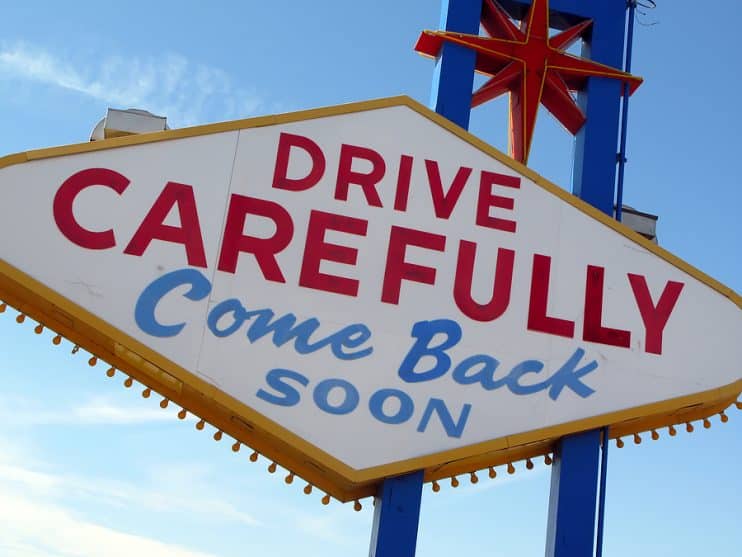
Driving Down Costs
When you’re behind the wheel of the car there are several little things you can do to stop your car from guzzling all the gas. Keeping it sane and simple on the road is the key to efficient motoring. Try some of the following to cut your fuel costs.
Avoid sudden braking and acceleration – speeding up then slowing down the car repeatedly will burn more fuel, so try to maintain a constant speed. If there are speed bumps then slow and steady is better than hard driving then hard braking.
Stick to the speed limits – driving at higher speeds uses up more fuel, especially if you are accelerating quite rapidly. Simply stay under the speed limit and drive safely for a better fuel economy and less chance of an accident or a fine.
Use gears – want your car’s engine to operate at maximum efficiency? Well that’s what the gears are there to do. Get the right gear for the job. You can hear and feel when the car wants to drop down or go up a gear so give the engine what it wants and you’ll see the savings in your pocket.
Don’t rev – we know you don’t want to miss your turn at the lights, but sitting with the car waiting on the gas will burn up fuel. Try to watch the other lanes of traffic and time your preparation procedure rather than simply sitting there poised on the brink of going for three minutes.
Use gravity – going down a hill? Why not let the hill do the work? Coast down the hill to save on fuel and still reach the speed limit. Just don’t do anything crazy like turning the engine off.
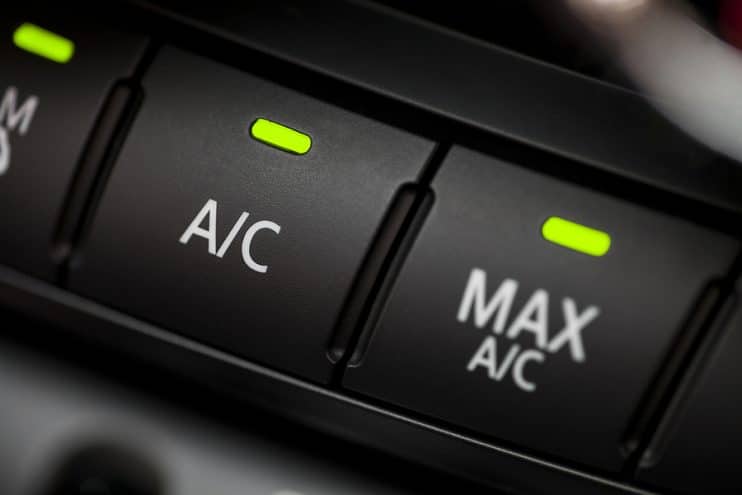
Set It Up for the Win
Finally, there are those car configuration settings that can keep your car rolling along nicely at maximum fuel efficiency. The following touches will reduce those petrol costs:
Air con and heating – anything that drains the battery will also drain the fuel so minimise your use of the air con and heating. Only turn on these systems if it is essential.
Minimise drag – shut the sunroof. Close the windows. Drive your convertible with the top up. Leaving these bodywork features open increases drag and as we mentioned, this reduces fuel efficiency.
Stop start technology – if your car has it, stop start engine settings can be the difference between zero fuel costs whilst waiting at junctions and burning gas waiting on the clutch.
Cruise control – will help you maintain that steady speed necessary for maximum fuel economy. Use the setting out on the open road to avoid constant accelerating and decelerating.
Switch it off – it is surprising how many motorists do not actually manage to turn the car off whilst waiting. How much effort does it take to turn the key off and on? The wear and tear on your wrist will be soon made up by savings on filling up the fuel tank.
A Final Word
If you put together all the tips in this article and start implementing them tomorrow there’s a very good chance you could reduce your annual fuel costs by between 15%-25%. That’s quite a bit of money especially if you drive everywhere and could even pay for Christmas.
And one thing we have avoided mentioning in the article is that using less fuel is green. So, we thought we’d leave you with that thought as a sign off. Because whether or not you want to save money, everyone wants to save the planet.

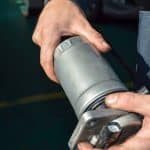
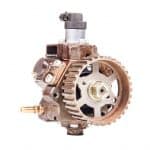
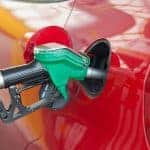
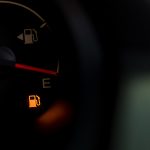
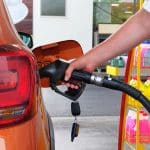
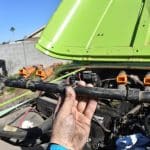
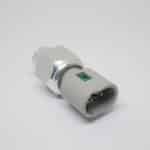





.png)
Pingback: How to Save On Your Car Insurance - BreakerLink Blog
Pingback: Our Top 10 New Year’s Driving Resolutions - BreakerLink Blog